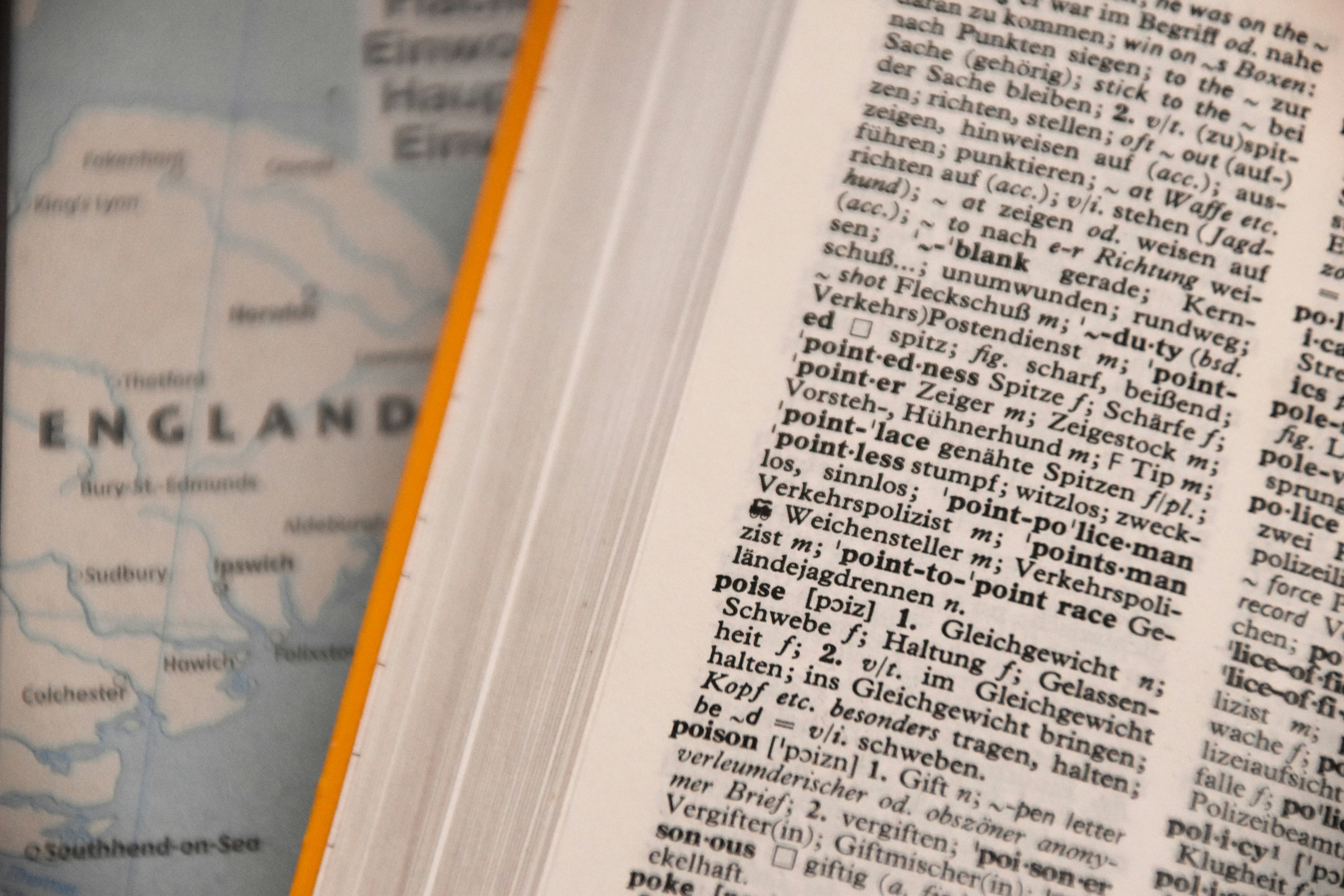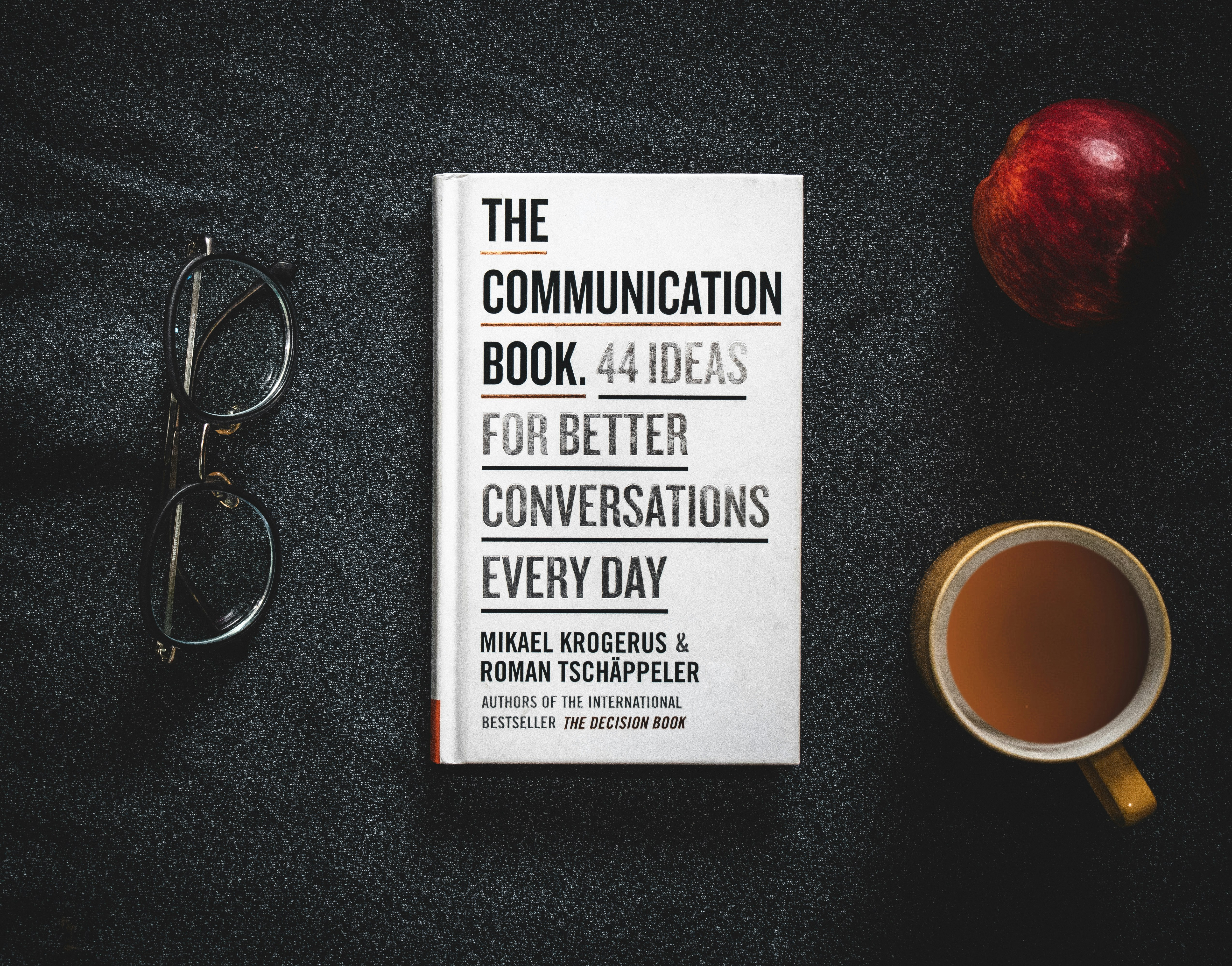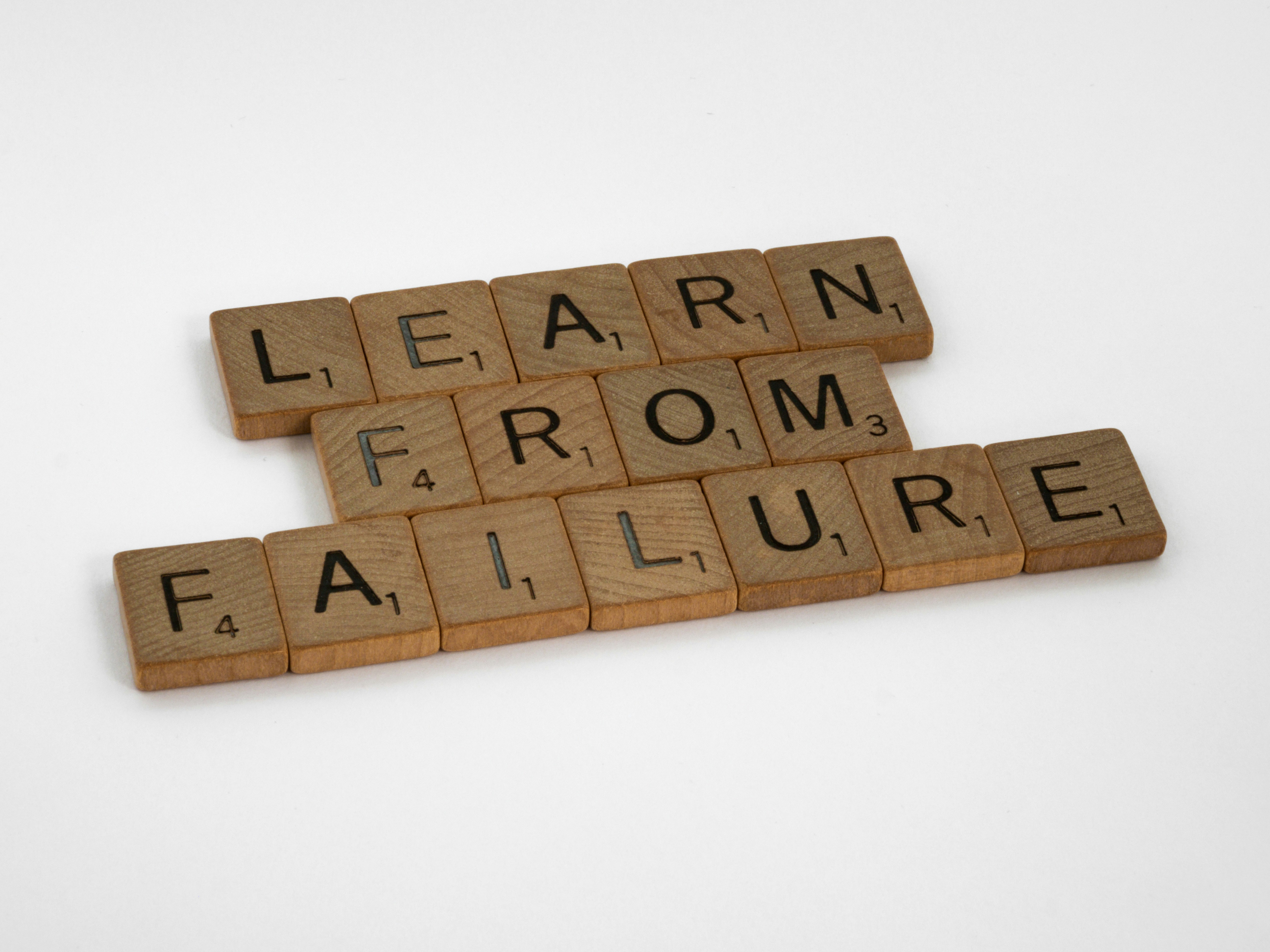How to Introduce Yourself in English Frankly
January 10, 2025
The Power of English Proficiency in International Sports: Boosting Athletes’ Success
January 10, 2025Introduction to Global Collaboration in Art and Culture
The burgeoning field of international collaboration in art and culture has increasingly gained traction in recent years. Artists, organizations, and cultural institutions from around the world are forging partnerships that transcend geographic boundaries, striving towards shared creative goals. This global trend is characterized by the exchange of diverse ideas, resources, and methodologies, leading to innovative artistic expressions and deeper cultural understanding.
One of the main advantages of such collaborations is the opportunity for artists to explore different cultural narratives and artistic techniques. When individuals from various backgrounds come together, they contribute their unique experiences and perspectives, which enrich the collaborative project. As a result, these partnerships often give rise to multidimensional artworks that resonate with a wider audience, bridging gaps and fostering intercultural dialogue.
Moreover, shared resources and skills provide a solid foundation for developing high-quality art. By pooling their expertise and knowledge, collaborating artists can enhance their craft significantly. In communities where access to art education and resources is limited, such partnerships can be particularly beneficial. For instance, those seeking to enhance their spoken English, such as individuals enrolled in spoken English classes in Ranchi, can engage with artists who communicate largely in English, thereby improving their language skills while participating in creative initiatives.
Ultimately, the role of a common language, particularly English, is pivotal in these collaborations. As a lingua franca, English facilitates communication among artists and cultural practitioners from various linguistic backgrounds. By enabling clear dialogue, English helps to ensure that all participants can articulate their ideas, share their cultural heritage, and understand different viewpoints, thereby maximizing the potential of collaborative endeavors in the arts.
The Role of Language in Cultural Exchange
Language serves as a crucial medium for cultural exchange, facilitating communication and understanding among diverse groups. Spoken English, in particular, has emerged as a common lingua franca in many artistic and cultural collaborations across the globe. The ability to convey ideas, emotions, and cultural nuances can significantly enhance the depth of interaction among individuals from various backgrounds. This connection fosters a sense of inclusivity that is essential for successful collaboration in the arts.
However, language barriers often pose significant challenges in these exchanges. Misinterpretations and misunderstandings can arise when individuals are unable to communicate effectively, which can lead to discord and hinder collaborative efforts. In contexts where participants may not share a native language, the importance of spoken English cannot be overstated. By offering spoken English classes in Ranchi, for instance, individuals in diverse artistic communities can equip themselves with the skills needed to engage in meaningful dialogue and exchange. This education not only improves language proficiency but also enhances cultural awareness, as individuals learn how to articulate their thoughts and appreciate others’ perspectives.
The role of a common language is paramount in ensuring that cultural diversity is celebrated and embraced rather than isolated. When participants from different cultural backgrounds can converse fluently in spoken English, they create an environment conducive to creativity and innovation. This shared language allows for more profound discussions about artistic intentions and cultural expressions, ultimately enriching the collaborative experience. As participants learn to navigate and appreciate cultural differences through effective communication, they contribute to a global narrative that reflects shared values and collective human experiences.
English as a Global Lingua Franca
English has emerged as a global lingua franca, playing a crucial role in various domains including arts, academia, and international relations. The designation of English as the common language facilitates communication across diverse cultures and regions. Approximately 1.5 billion individuals communicate in English worldwide, with around 375 million of those being native speakers. This vast pool of speakers illustrates the prominence of English in global discourse, confirming its position as an essential tool for collaboration.
The significance of English is particularly evident in the arts and cultural collaborations, where artists and creators from different backgrounds converge to share ideas, projects, and experiences. Understanding spoken English is no longer a luxury but a necessity for those aiming to participate in international art forums or exhibitions. Moreover, universities across the globe are increasingly offering their programs in English, which promotes a standard mode of expression in academia. Institutions in diverse locations, including Ranchi, are now offering specialized spoken English classes to equip individuals with the skills to communicate effectively in this medium.
This linguistic dominance extends into international relations, where English is often the working language of multilateral forums and treaties. The ability to engage in discussions, negotiations, and collaborations hinges on proficiency in spoken English. Such proficiency not only prevents misunderstandings but also enriches the quality of exchanges. With the continuing globalization of various sectors, fostering spoken English skills through classes and workshops has become imperative. As the world becomes more interconnected, the ability to navigate conversations in English will remain a valuable asset, reinforcing its status as the predominant global lingua franca.
Facilitating Creative Collaboration Through English
Proficiency in English serves as a critical tool for fostering collaborative creative processes in the realm of international art and culture. As a lingua franca for artists from diverse backgrounds, spoken English enables effective communication, ensuring that ideas, concepts, and artistic visions can be shared and developed collectively. This common language helps bridge cultural gaps, allowing collaborators to engage meaningfully without the barriers that often accompany linguistic differences.
In recent years, numerous successful international art partnerships have exemplified the significance of spoken English. For instance, the collaborative projects between artists from Europe and Asia have flourished due to the ability of participants to converse and brainstorm in English. These interactions not only fuel the exchange of inventive ideas but also facilitate the synthesis of diverse cultural perspectives. Whether through workshops, exhibitions, or artist residencies, the role of spoken English becomes crucial in articulating thoughts and negotiating creative differences.
Furthermore, spoken English classes in Ranchi and similar programs around the world have contributed significantly to equipping artists with necessary communication skills. These courses emphasize not only the grammatical aspects of the language but also the subtleties of expression and the art of storytelling, which are vital in the creative sectors. By doing so, these initiatives empower individuals to participate actively in international collaborations, thereby enhancing their artistic contribution on a global stage.
The outcome of effective communication through spoken English is evident in the innovative works produced by these partnerships. Artists who can efficiently convey their ideas in English are more likely to engage in fruitful dialogues that lead to groundbreaking artistic creations. In this context, the importance of spoken English extends beyond mere communication; it becomes an integral component of the collaborative creative ecosystem that nurtures unique expressive forms and cultural exchanges.
Overcoming Cultural Misunderstandings with Effective Communication
In the realm of international art and cultural collaborations, effective communication serves as a cornerstone for success. The language used within conversations can greatly influence the outcomes of projects, particularly when diverse backgrounds are involved. Spoken English, as a common mode of communication, significantly mitigates the risk of cultural misunderstandings. Through spoken English classes in Ranchi and other regions, individuals are trained to convey their ideas and emotions more clearly, ultimately paving the way for smoother interactions.
Anecdotes abound illustrating the pitfalls that arise when language barriers impede communication. For instance, an art exhibition involving participants from various countries could lead to confusion in the interpretation of artistic concepts. In one case, a French artist used a term that was misinterpreted by their American counterpart due to varying definitions in their respective cultural contexts. This misunderstanding resulted in conflicting artistic portrayals, which, if left unaddressed, could have damaged professional relationships. However, after recognizing the language barrier, the team utilized spoken English to discuss their interpretations openly. The dialogue not only clarified the confusion but also enriched the project’s outcome by blending the diverse perspectives.
Moreover, spoken English can also create camaraderie among artists and cultural professionals from different backgrounds. Communicating in a shared language fosters an environment where individuals can express themselves without the fear of being misunderstood. This is particularly evident in workshops and collaborative projects, where participants often engage in spirited discussions that would otherwise be stifled by language limitations.
In conclusion, effective communication through spoken English plays a vital role in overcoming cultural misunderstandings in international art collaborations. Through dedicated spoken English classes in Ranchi and similar initiatives, stakeholders can enhance their ability to articulate thoughts and ideas, fostering a more harmonious and productive collaborative atmosphere.
The Educational Aspect: English in Arts Programs
In the contemporary global landscape, the importance of mastering English cannot be overstated, especially within the realm of arts education. English serves not only as a bridge for communication but also as a vital tool that enables artists and cultural professionals to engage with international communities. As such, spoken English is a prevalent requirement in various educational programs focused on arts and culture.
Art schools, universities, and training organizations increasingly integrate English language instruction within their curricula, fostering a conducive environment for international collaboration. Programs that emphasize spoken English empower participants to articulate their thoughts, critiques, and creative visions effectively, thereby facilitating meaningful dialogue across cultural boundaries. This is particularly essential for artists from non-English speaking countries aspiring to partake in global artistic exchanges, workshops, and exhibitions.
Additionally, the incorporation of spoken English classes in Ranchi and other locales has become a burgeoning trend among arts institutions. These classes enhance communication skills, enabling students to distribute their artistic narratives to a broader audience. By participating in such programs, individuals gain access to international networks, enhancing their prospects for collaborations and exhibitions in diverse settings.
The ability to communicate fluently in English opens numerous doors, allowing artists and cultural workers to present their work at prestigious international festivals, apply for residencies, and engage in critically acclaimed projects. As collaborations across borders become increasingly common, the ability to interact in English ensures that artists can share their unique perspectives while also absorbing influences from other cultures. Thus, investing in spoken English training is a crucial step for any artist looking to thrive in today’s interconnected art world.
Case Studies of International Art Summits and Festivals
International art summits and festivals serve as significant platforms for cultural exchange and collaboration among artists from diverse backgrounds. A notable example is the Venice Biennale, one of the most prestigious cultural events globally. It emphasizes the importance of spoken English as a common ground for artists and attendees from various nations. By using English as the primary language of communication, the festival fosters an inclusive environment that encourages dialogue and exchange of ideas. This not only enhances the interaction among participants but also broadens the audience’s understanding of different artistic expressions.
Another significant event is the Art Basel, which unites artists, collectors, and institutions to explore contemporary art in different forms. The use of spoken English in presentations, discussions, and workshops during Art Basel ensures that participants from various linguistic backgrounds can effectively engage with one another. This accessibility promotes networking opportunities and facilitates collaborative projects that may not have materialized without a shared language. The ability to communicate in English also allows for the dissemination of artistic concepts on a global scale, enabling artists to reach a wider audience.
Furthermore, the Frieze Art Fair in London is a prime example where spoken English plays a crucial role in bridging cultural divides. Through the use of English, artists are able to articulate their creative visions and narratives, thus enhancing the audience’s appreciation of diverse cultures. Workshops and interactive sessions conducted in English empower participants to hone their skills and expand their artistic horizons. Additionally, the shared language fosters greater understanding and empathy among artists and art lovers, instilling a spirit of collaboration that enriches the global art community.
In these case studies, it is evident that the emphasis on spoken English during international art summits and festivals not only supports effective communication but also strengthens relationships among artists. Consequently, the success and impact of such events are significantly enhanced through the strategic use of English in fostering cross-cultural collaboration.
Challenges Posed by English Dominance
The undeniable influence of English as a global lingua franca has transformed international art and cultural collaborations, facilitating communication across diverse cultures. However, this dominance brings forth significant challenges, particularly concerning the marginalization of local languages and cultures. As the demand for spoken English increases, especially within spoken English classes in Ranchi and other regions, lesser-known languages often struggle to retain their significance in creative dialogues.
Local artists and cultural practitioners may find themselves under pressure to adopt English as their primary means of expression and communication, which can lead to a dilution of their unique cultural identities. This situation creates an environment where the rich tapestry of linguistic diversity is threatened, impacting the authenticity and originality of collaborative art projects. The preference for English over native languages in international forums not only diminishes linguistic variety but can also render local narratives less visible on global platforms.
Moreover, the emphasis on proficiency in spoken English can disadvantage talented individuals who may lack access to resources for improving their language skills. In areas like Ranchi, where spoken English classes might help bridge this gap, relying solely on English can exclude valuable perspectives from local artists and creators who may not feel comfortable communicating in a non-native language. As a result, there is a pressing need to find a balance between the practical benefits of English in fostering cooperation and the crucial importance of preserving and celebrating linguistic diversity.
To navigate these challenges effectively, it’s essential for international art collaborations to create inclusive environments where multiple languages can coexist, fostering dialogue that respects local languages while still accommodating English. This approach can help maintain the authenticity of cultural expressions and promote a richer understanding among diverse peoples, ultimately enhancing the quality and depth of artistic endeavors.
Conclusion: Embracing English for an Inclusive Future in Arts
As we have explored throughout this discussion, the role of English in international art and cultural collaborations cannot be overstated. English serves not only as a common language but also as a bridge that connects artists, curators, and audiences across diverse backgrounds. This unifying aspect of spoken English facilitates communication and creativity, allowing for the sharing of ideas and cultural narratives that enrich the global arts landscape.
However, it is imperative to recognize that while spoken English classes in Ranchi and similar institutions provide valuable skills, the true essence of collaboration lies in balancing linguistic proficiency with a profound respect for cultural and linguistic diversity. Each language encapsulates unique ways of thinking and experience. Encouraging multilingualism among collaborators is essential to ensure that varied perspectives are acknowledged and celebrated.
In practical terms, promoting inclusivity can manifest in various ways. Organizing workshops that encourage multilingual art discussions, inviting artists from different linguistic backgrounds, or even providing interpretation during cultural exchanges are all actions that foster a more inclusive atmosphere. Each of these steps reinforces the importance of spoken English while facilitating a deeper appreciation for other languages and cultures. Such initiatives create enriched environments where art can flourish, grounded in mutual respect and understanding.
In conclusion, as we continue to navigate the complexities of global collaboration in the arts, we must embrace English as a vital tool for communication while remaining committed to the appreciation of the world’s rich tapestry of languages. By doing so, we pave the way for a more inclusive future in international art and cultural collaborations, where every voice is heard and valued.




